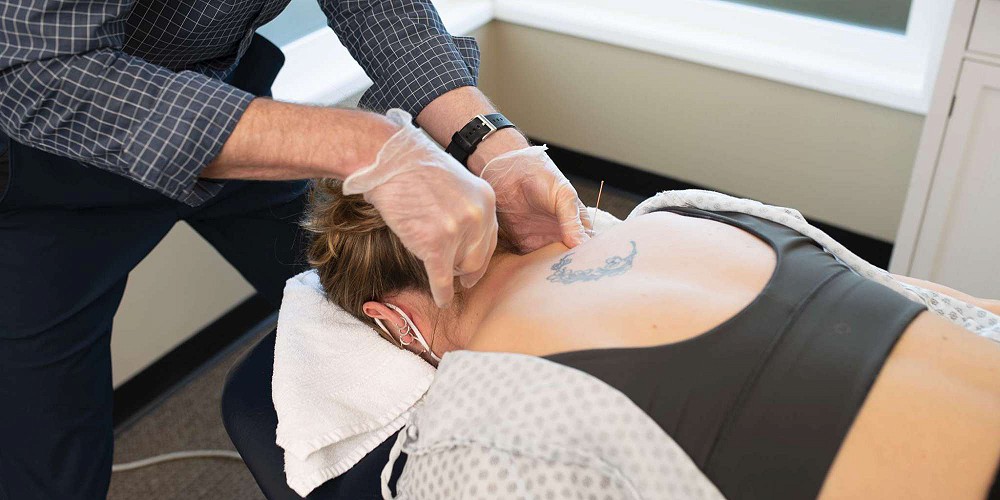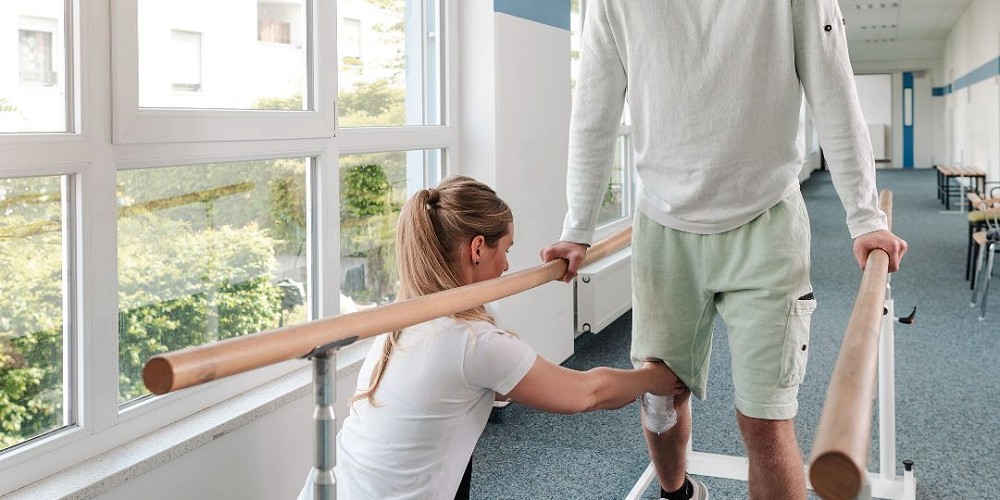Improving & Managing Osteoarthritis
Article by Emily MacHattie
These tips can help improve and manage symptoms of osteoarthritis, the most common form of the 100+ variations of arthritis.

Arthritis is a broad group of diseases that involves inflammation of one or more joints.
There are actually over 100 different types of arthritis, of which osteoarthritis (OA) is the most common, with one in ten Canadians affected by OA (1).
What is Osteoarthritis?
Osteoarthritis is defined as the breakdown of bone and cartilage within our joints, which occurs as a result of stress and degradation.
This breakdown can be caused by injury, repetitive loading and strain but can also occur as part of the aging process (2).
Signs and symptoms of OA include: joint stiffness, pain, swelling, and inflammation. These symptoms most commonly appear in the spine, hips, knees, hands or big toes, however, OA can develop in other joints as well.
Our age, gender, genetics, previous injuries, and weight all contribute to our risk of developing OA (1).
Improve & Manage Symptoms with Lifestyle Changes
Although most of us are aware of osteoarthritis, few of us know what to do about it! Unfortunately there is no cure, however, we are able to significantly improve and manage symptoms with a few lifestyle changes.
Exercise and weight management are the top two non-pharmacological interventions for OA.
Exercise
Exercise helps to strengthen muscles around our joints, which in turn helps to stabilize and support the affected joints. With this added stability pain and swelling are reduced while range of motion is improved (3).
Many different exercises are appropriate for people with OA – water based exercise, cycling, tai chi, and yoga are all great choices.
As a general rule, high impact activities are best to avoid.
Weight Management
Weight management also plays a critical role in OA. Increased weight puts added stress on our weight-bearing joints and increases our chances of developing OA.
Interestingly, 90% of knee, and 80% hip replacement patient were overweight or obese (1).
Weight management can seem like a daunting task, however, eating a balanced diet, while reducing fat and sugar intake is a great way to start.
So whether you are starting to show early signs of OA, or you have a confirmed diagnosis – exercises and eating right are effective steps in managing your symptoms.
References
- http://arthritis.ca/understand-arthritis/types-of-arthritis/osteoarthritis
- https://www.oarsi.org/research/standardization-osteoarthritis-definitions
- https://www.oarsi.org/sites/default/files/library/2014/pdf/physiciansumfinal.pdf
You May Also Like...
-
 ArticleView Post
ArticleView PostAn Overview of Intramuscular Stimulation
Take a technical overview of IMS, a dry needling technique used to stimulate trigger points and reduce chronic myofascial pain.
-
 ArticleView Post
ArticleView PostHow a Holistic Approach to Fitness Can Help Prevent Injury
Fitness is about much more than our last run, or our personal best. Understanding our imbalances is key to success.
-
 ArticleView Post
ArticleView PostInjury 101: Types, Treatments, and How to Bounce Back
Not all injuries are the same. Knowing the type of injury you have can not only help with the physical recovery process but also set realistic expectations for your healing journey.